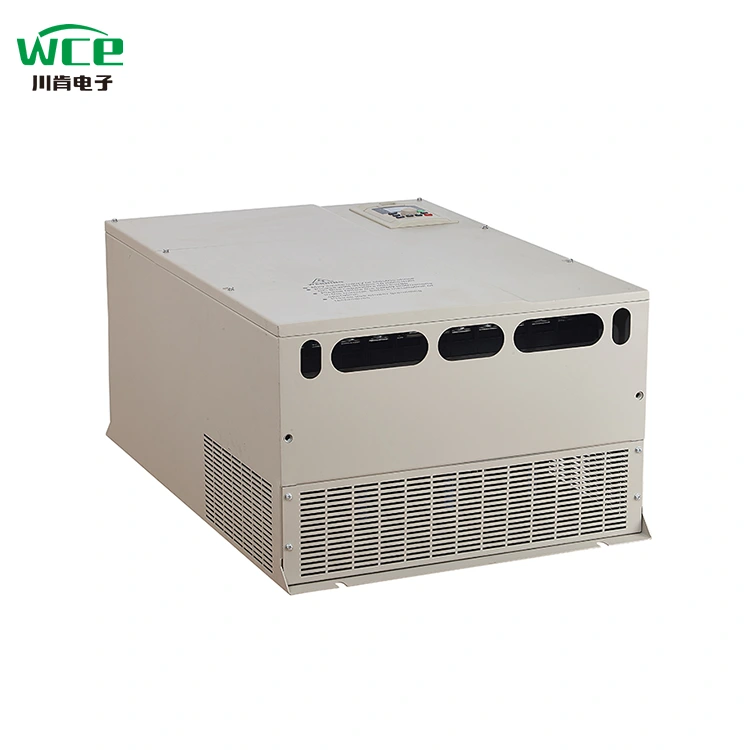AC Drive Technology: Revolutionizing Motor Control and Energy Efficiency
2025-04-18
In today’s energy-conscious world, AC Drives — also known as Variable Frequency Drives (VFDs) — are playing a pivotal role in modernizing motor operations across industries. From HVAC systems to conveyor belts, these smart controllers are enhancing performance, extending equipment life, and significantly reducing energy consumption.
What is an AC Drive?
An AC Drive is an electronic device that regulates the speed and torque of an electric motor by varying the frequency and voltage supplied to it. Instead of running motors at full speed regardless of demand, an AC Drive allows them to operate only as fast as needed — dramatically improving efficiency.

How Does an AC Drive Work?
1. Conversion: It first converts incoming AC power to DC using a rectifier.
2. Filtering: The DC power is then smoothed out using capacitors or inductors.
3. Inversion: The inverter section converts DC back to a variable-frequency AC, which is sent to the motor.
Key Benefits of Using AC Drives
- ✅ Energy Savings: Reduces power usage by matching motor speed to load requirements.
- ✅ Extended Equipment Life: Soft-starting reduces mechanical stress and wear.
- ✅ Precise Process Control: Ideal for applications requiring speed variation and control.
- ✅ Reduced Maintenance: Fewer hard stops and mechanical shocks.
- ✅ Lower Operating Costs: Energy and maintenance savings stack up quickly.
Typical Applications
- HVAC systems in commercial buildings
- Pumps and fans in industrial plants
- Conveyor belts in packaging and logistics
- Mixers and compressors in food processing
- Cranes and elevators in infrastructure projects
Conclusion
AC Drives are more than just motor controllers — they’re essential tools in achieving operational efficiency, sustainability, and smarter automation. Whether you’re optimizing an industrial plant or fine-tuning a building’s energy use, AC Drives are key to smarter, greener engineering.


